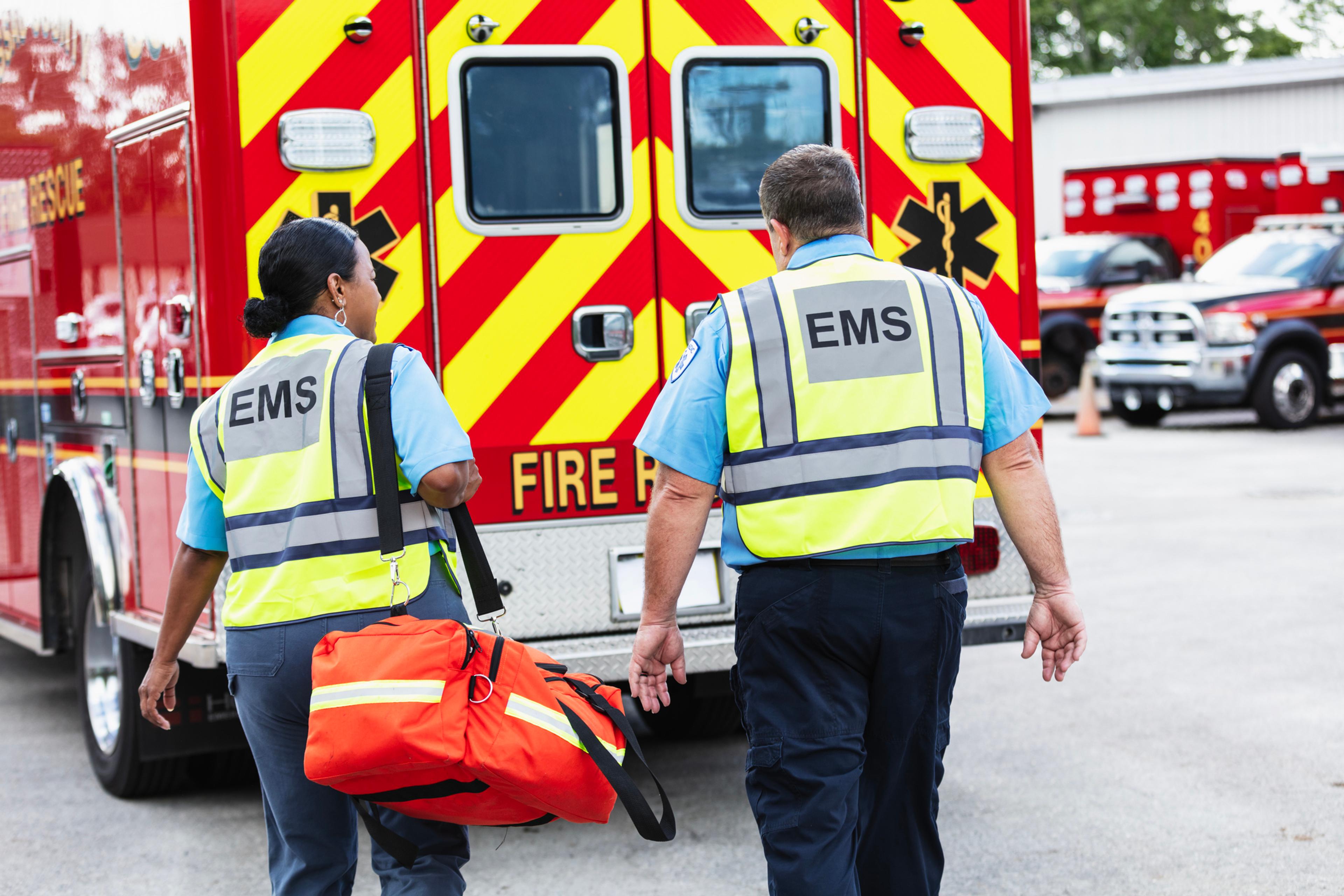What is a Surprise Ambulance Medical Bill and Who Does It Affect?
Blue Daily
| 3 min read

Key Takeaways
- You may receive a surprise ambulance medical bill when you use an out-of-network ambulance provider for ground ambulance transport.
- Out-of-network providers generally do not agree to accept health insurance provider reimbursement rates for the health care services they provide.
- If no in-network non-emergency medical transport is available, request an estimate of what you might pay out of pocket for an out-of-network ambulance.
It’s never fun to get a surprise ambulance medical bill. But learning more about how and why they occur can help you avoid them in the future.
Individuals receive surprise ambulance medical bills when they use an out-of-network ambulance provider for ground ambulance transport. In general, out-of-network providers do not agree to accept health insurance provider reimbursement rates for the health care services they provide. This is true for Blue Cross Blue Shield of Michigan members.
If an individual uses an out-of-network ground ambulance, providers may bill them the difference between the reimbursement rate they receive from the insurance company and the total amount charged on the bill.
Blue Cross members and others looking to avoid potential surprise ambulance medical bills should consider these things before using an ambulance for a non-emergent transport.
Topics to discuss when your provider recommends a non-emergent ambulance transportation
It’s important to note that when members dial 911 in an emergency, they will not be able to choose the ambulance provider. The 911 dispatcher will send the closest and most appropriate unit based on their system protocols.
However, if you are afforded the benefit of planning a non-emergency transport, it could be helpful to have a conversation with your health care provider ahead of time. Here are topics to cover and questions to ask:
- Ask the doctor or care team if an ambulance is necessary or the appropriate form of transport for your condition.
- Request a clear explanation of why an ambulance is being recommended instead of a less expensive option, such as rideshare service or transport from a friend or family member.
- Ensure that if you use a different method of transportation for a transfer, the receiving provider is made aware, similar to an ambulance transfer.
- Determine whether your health plan covers non-emergent transport and ask your medical provider to call your insurance company to verify if you are unsure.
- Find out if the ambulance company you plan to use for your non-emergency medical transport is in-network. If not, find out if there’s an in-network option you can use instead. If no in-network ambulance is available, request an estimate of what you might pay out of pocket for using an out-of-network ambulance.
Blue Cross members can log into their member account, click “My Coverage” and visit the “Medical” tab to view a breakdown of what’s covered under their plan, including emergency medical care options like ambulance services.
Learn more about Blue Cross Blue Shield of Michigan's commitment to affordability here.
Photo credit: Getty Images
Read on:





